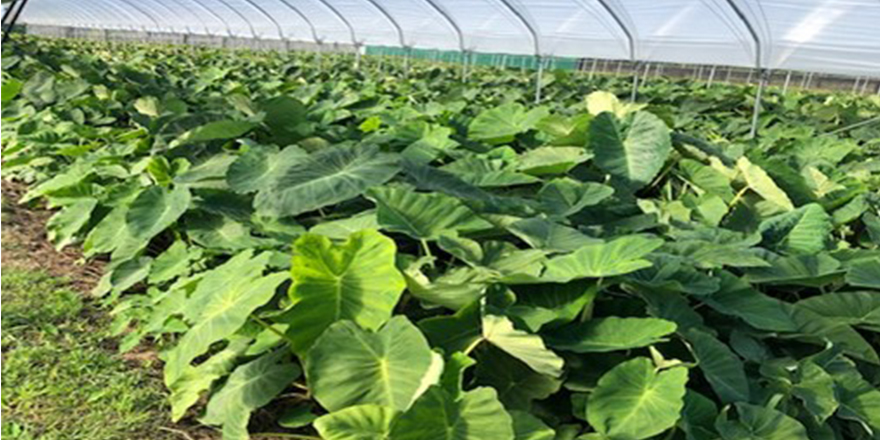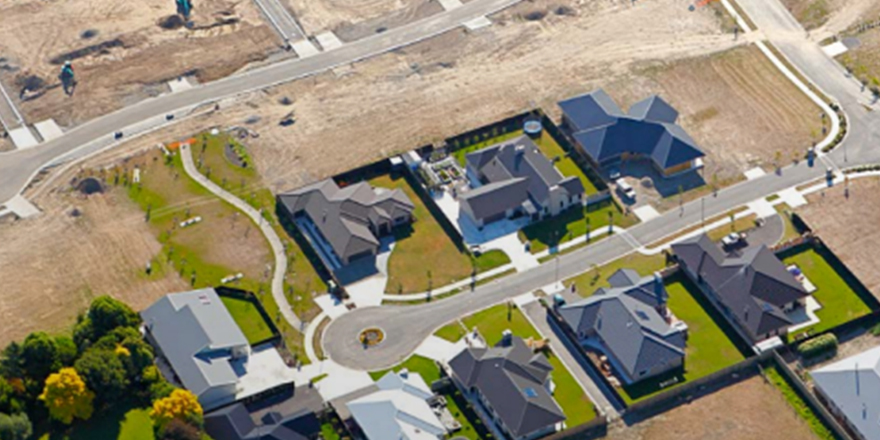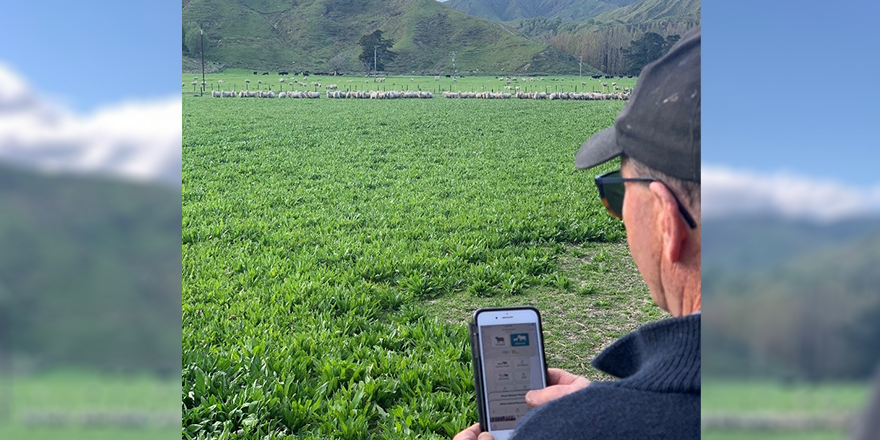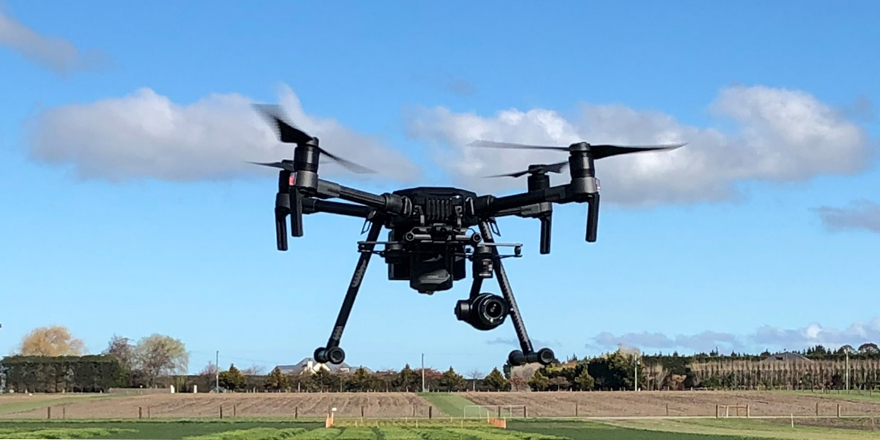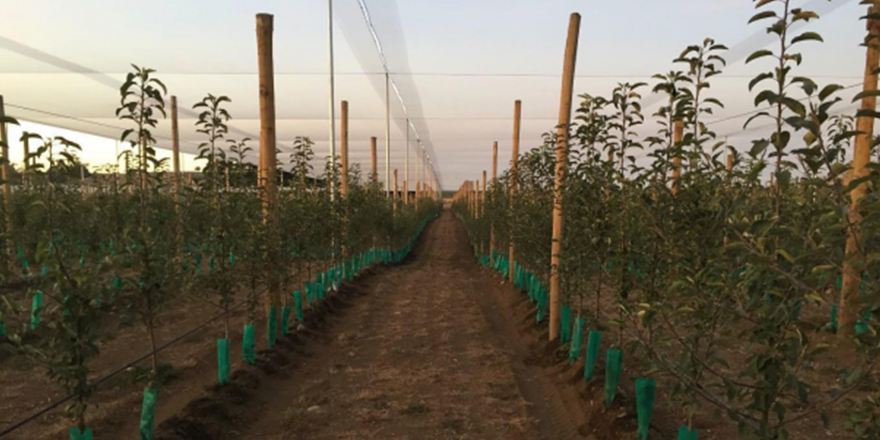
Executive Summary
The global perspective on investment is changing from traditional financial metrics to the relatively recent idea of “impact investing”. This is where investments are made with the objectives of creating a positive impact on environmental and social matters as well as receiving financial returns. The growth in this movement has raised questions on whether there is potential within New Zealand’s horticultural industry to market its perceived sustainability and therefore access this pool of capital. With this theory in mind, this report looks to quantify the sustainability of the sector as well as analysing the ability of the investment sector in New Zealand to take advantage of impact investing theory.
To achieve this aim, this study uses an analytical framework to measure the carbon footprint of orchards and vineyards as a proxy for environmental sustainability. The model uses a case study of six different orchards and vineyards, owned by Craigmore Sustainables, to get an understanding of the variability within the sector. In addition to the carbon footprint modelling, four informal interviews of leading New Zealand primary industry investment managers and large-scale corporate farmers and foresters were performed to get an understanding of the extent to which the primary industry and its investors are concerned and report on sustainability.
Using the purpose-built carbon model, the producing orchards and vineyards were shown to have a net positive impact on the environment through large sequestration by the plants and compost. The two developing apple and kiwifruit orchards were shown to have comparatively high net emissions in their early years. It was shown that there is significant variation in the sequestration potential of different crop types (apples have the greatest potential sequestration per ha). In addition, the impact of organics was tested across the kiwifruit orchards with organic management producing less emissions overall than a conventional orchard.
Across the multiple interviews and literature reviewed, it was shown that there is significant variation in the positioning of investment funds and corporate farmers on the idea of impact investing. In general, foreign, and younger investors appeared to be further advanced in the understanding of impact investment and its opportunities. However, for the New Zealand market to fully appreciate and take advantage of impact investment opportunities that will arise in the primary industry space, there needs to be changes to the consistency and transparency of sustainability reporting and fund raising.
Although this study provides a baseline understanding of the potential sustainability of the horticultural industry, there are several recommendations that need to be considered in either further research or by leading organisations within the sector. These are:
- Where possible, the increase in establishment and use of other quantifiable sustainability metrics in addition to carbon
- Provide actual on-orchard data to test the strength and applicability of the carbon footprint modelling.
- Further research into the environmental sustainability of orchards in an intensity-based approach such as kg CO2-eq per tray produced or per $
In addition, there are also recommendations for the industry’s investment sector to capture the possibilities of the impact investment movement:
- To increase the measurement and reporting of the sustainability of the industry and therefore utilise the existing foreign impact investment interest as well as being prepared for when the domestic New Zealand investor base ultimately increase their focus on impact investment.
- For the industry to either create a universal accredited standard of reporting and measurement for sustainability of a business or to align itself to current global reporting standards and initiatives.
These recommendations will help to increase investor confidence in the industry and therefore increase the potential uptake of the opportunity for impact investment.

